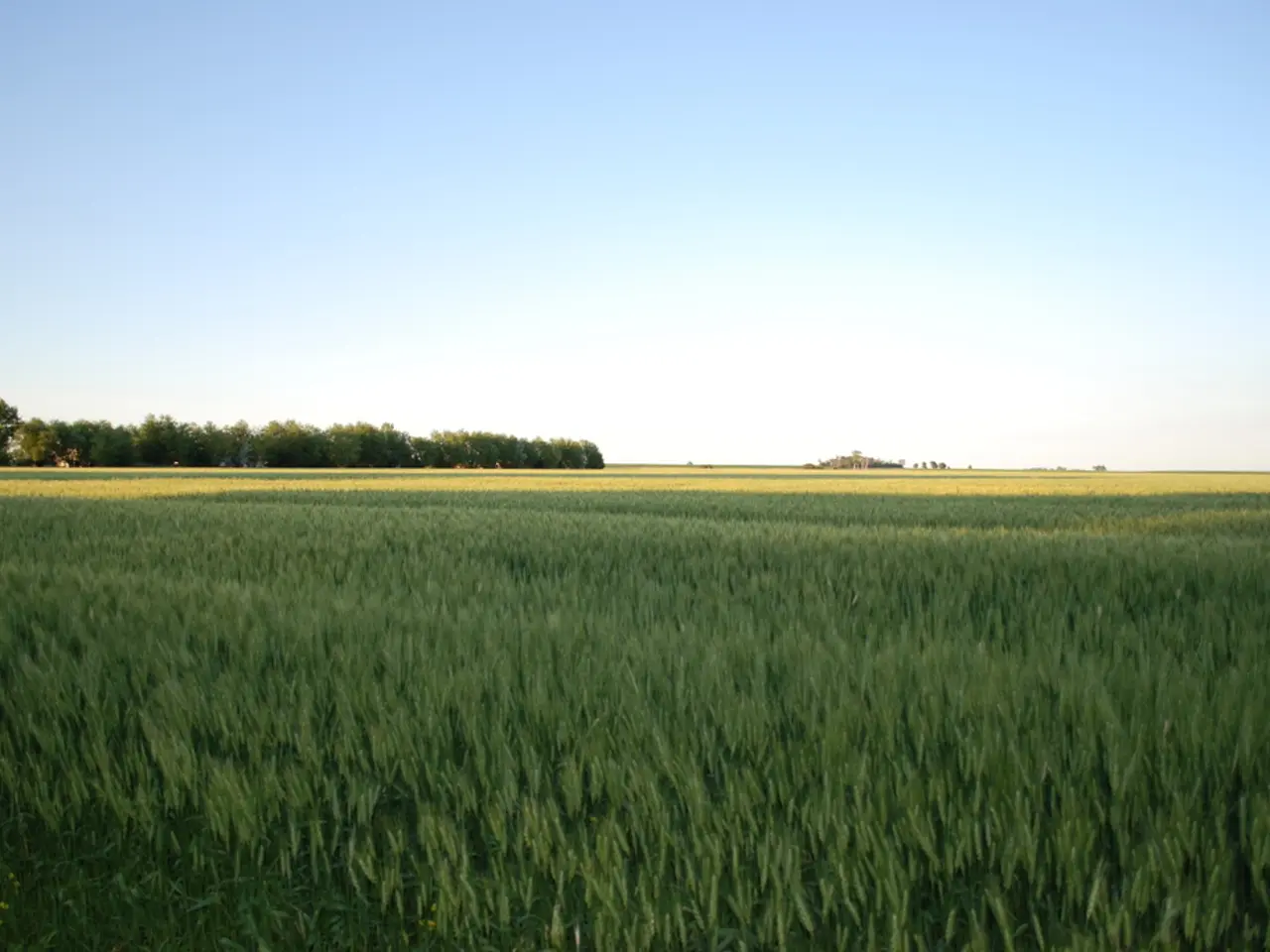Real estate investment funds in Ireland primed for expansion in 2025 due to financial incentives and favorable regulatory environment
The Irish property market is gearing up for a significant transformation, with the sector attracting increased interest from both domestic and international investors.
According to recent data, pension funds and insurance firms make up a substantial 41% of investors in Irish property funds, indicating a strong confidence in the market's potential. These investors collectively hold €29 billion, a significant portion of the Irish commercial real estate market.
The surge in demand for residential and commercial properties has not gone unnoticed, with the Irish government setting ambitious targets to address the housing crisis. Ireland's Programme for Government 2025 includes a target of 300,000 new homes by 2030. To achieve this, more than €18 billion of fresh international capital is estimated to be needed over the next four years.
The Irish government is expected to roll out initiatives to incentivize international capital investment in Irish real estate. These initiatives, aimed at creating new investment opportunities in construction, infrastructure, and real estate, are anticipated to substantially contribute to the delivery of the government's new home delivery targets.
The Irish property funds market is projected to grow in 2025, with the Irish government's initiatives expected to further boost its attractiveness. One such initiative is the rollout of the new pan-European AIFMD II loan origination regime, which is set to replace the current L-QIAIF regime. This change is expected to enhance the attractiveness of Irish fund structures and investments in Irish property funds.
Irish property funds are typically established as Qualifying Investor Alternative Investment Funds (QIAIFs), and an alternative investment fund manager (AIFM) is required for a QIAIF. The most frequently used structures for Irish property fund QIAIFs are the Irish Collective Asset management Vehicle (ICAV) and the Irish Investment Limited Partnership (ILP).
In addition to QIAIFs, other alternative fund structuring options for Irish property include the European Long Term Investment Fund (ELTIF), which was updated in 2024 (ELTIF 2.0). ELTIF 2.0 prescribes what assets are eligible for investment and includes real estate assets.
The Irish property fund sector is characterized by the prominence of single investor property funds. However, the diverse pool of investors in Irish property funds is broad, including pension funds, sovereign wealth funds, high-net-worth individuals, and insurance firms.
Looking ahead, the likely name of the AIFM responsible for managing Irish real estate funds in 2025 is the KKR Alternative Investment Management Unlimited Company, Ireland. This company, leveraging new Irish state initiatives, is expected to attract international capital and create investment opportunities in construction, infrastructure, and real estate.
The appeal of Irish real estate extends beyond its investment potential. Ireland's strong economic and demographic factors, coupled with a stable political and regulatory environment, make it an attractive destination for long-term investors. As the Irish property market continues to evolve, it promises to offer exciting opportunities for both domestic and international investors.
Read also:
- visionary women of WearCheck spearheading technological advancements and catalyzing transformations
- A continuous command instructing an entity to halts all actions, repeated numerous times.
- Oxidative Stress in Sperm Abnormalities: Impact of Reactive Oxygen Species (ROS) on Sperm Harm
- Genetically manipulated rabbits sprout ominous black horns on their heads








